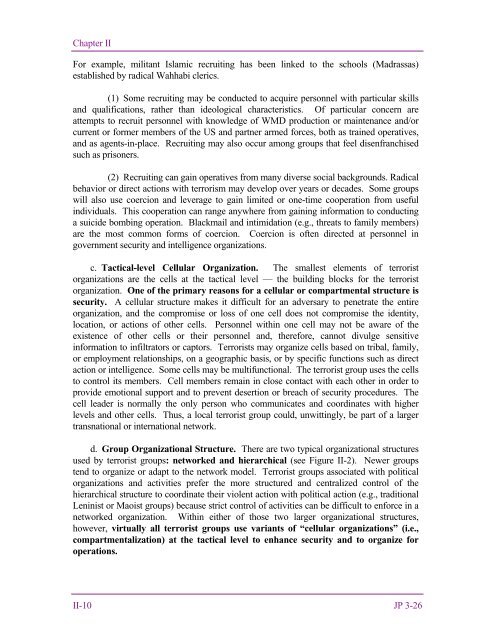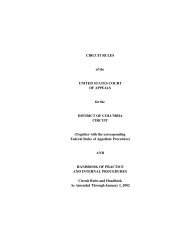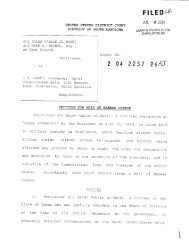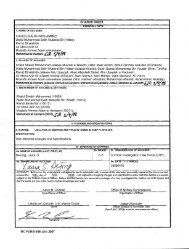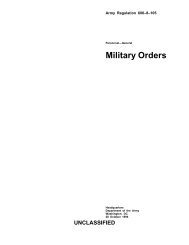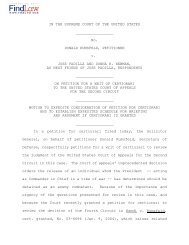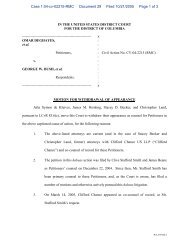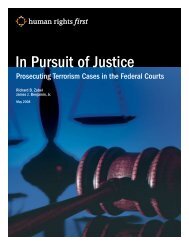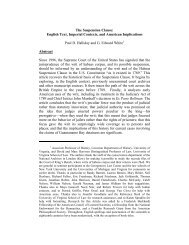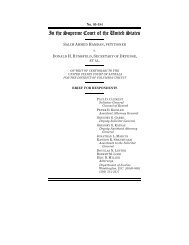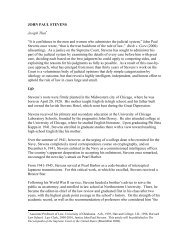JP 3-26, Counterterrorism - Defense Technical Information Center
JP 3-26, Counterterrorism - Defense Technical Information Center
JP 3-26, Counterterrorism - Defense Technical Information Center
Create successful ePaper yourself
Turn your PDF publications into a flip-book with our unique Google optimized e-Paper software.
Chapter IIFor example, militant Islamic recruiting has been linked to the schools (Madrassas)established by radical Wahhabi clerics.(1) Some recruiting may be conducted to acquire personnel with particular skillsand qualifications, rather than ideological characteristics. Of particular concern areattempts to recruit personnel with knowledge of WMD production or maintenance and/orcurrent or former members of the US and partner armed forces, both as trained operatives,and as agents-in-place. Recruiting may also occur among groups that feel disenfranchisedsuch as prisoners.(2) Recruiting can gain operatives from many diverse social backgrounds. Radicalbehavior or direct actions with terrorism may develop over years or decades. Some groupswill also use coercion and leverage to gain limited or one-time cooperation from usefulindividuals. This cooperation can range anywhere from gaining information to conductinga suicide bombing operation. Blackmail and intimidation (e.g., threats to family members)are the most common forms of coercion. Coercion is often directed at personnel ingovernment security and intelligence organizations.c. Tactical-level Cellular Organization. The smallest elements of terroristorganizations are the cells at the tactical level — the building blocks for the terroristorganization. One of the primary reasons for a cellular or compartmental structure issecurity. A cellular structure makes it difficult for an adversary to penetrate the entireorganization, and the compromise or loss of one cell does not compromise the identity,location, or actions of other cells. Personnel within one cell may not be aware of theexistence of other cells or their personnel and, therefore, cannot divulge sensitiveinformation to infiltrators or captors. Terrorists may organize cells based on tribal, family,or employment relationships, on a geographic basis, or by specific functions such as directaction or intelligence. Some cells may be multifunctional. The terrorist group uses the cellsto control its members. Cell members remain in close contact with each other in order toprovide emotional support and to prevent desertion or breach of security procedures. Thecell leader is normally the only person who communicates and coordinates with higherlevels and other cells. Thus, a local terrorist group could, unwittingly, be part of a largertransnational or international network.d. Group Organizational Structure. There are two typical organizational structuresused by terrorist groups: networked and hierarchical (see Figure II-2). Newer groupstend to organize or adapt to the network model. Terrorist groups associated with politicalorganizations and activities prefer the more structured and centralized control of thehierarchical structure to coordinate their violent action with political action (e.g., traditionalLeninist or Maoist groups) because strict control of activities can be difficult to enforce in anetworked organization. Within either of those two larger organizational structures,however, virtually all terrorist groups use variants of “cellular organizations” (i.e.,compartmentalization) at the tactical level to enhance security and to organize foroperations.II-10 <strong>JP</strong> 3-<strong>26</strong>


